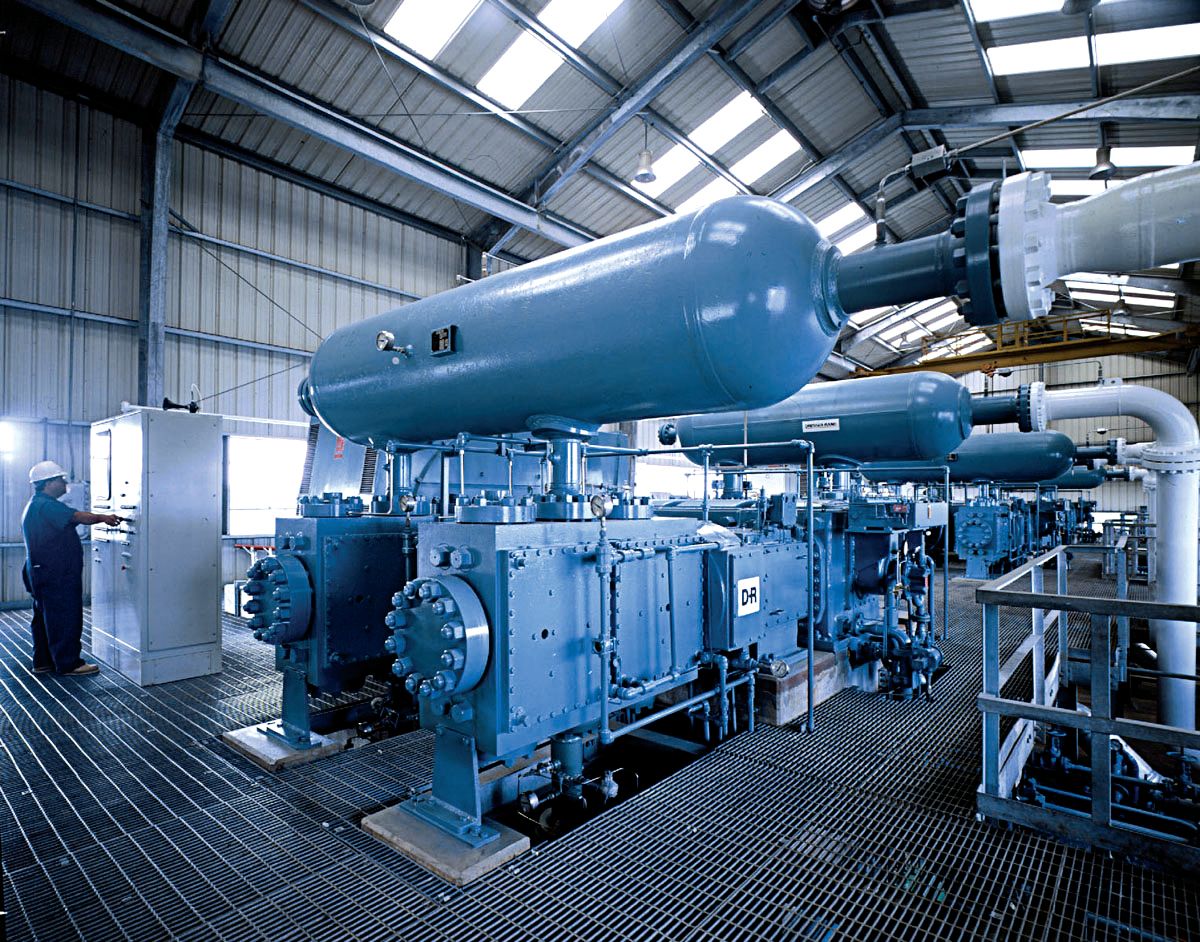Industrial gas turbines play a role in industries, such as power generation, oil and gas, and aerospace. These complex machines necessitate regular. Occasional replacement of capital components to guarantee performance and dependability. Refurbishing and reusing these components can result in cost savings. Poses challenges when it comes to ensuring quality control. This article explores the significance of quality assurance measures in refurbishment industrial gas turbine capital components as well as measures which can be put in place to guarantee their continued reliability.
Industrial gas turbines serve as the backbone of many industries by efficiently providing power generation and propulsion systems. These turbines utilize capital components such as blades, vanes, combustors and casings which experience operating conditions during operations. Over time these components can. Sustain damage necessitating replacement to preserve the turbine performance and dependability.
The Significance of Quality Assurance
Quality assurance holds importance in the refurbishment process, for industrial gas turbine capital components, it entails a series of inspections, tests and certifications to ensure that the components meet the required specifications and performance standards. The following are reasons why quality assurance’s crucial;
Safety is of utmost concern in industries relying on gas turbines, including power generation and oil and gas production. Refurbished components must meet rigorous quality control standards in order to eliminate potential safety risks; any subpar or defective parts could result in equipment malfunction, accidents and potentially devastating events; quality control measures help identify any dangers quickly so workers and the surrounding environment remain protected from harm.
Reliability is another factor when it comes to gas turbine components. They need to operate reliably to ensure production and minimize downtime. To achieve this rigorous quality control processes are employed to identify any defects or deficiencies in the refurbished components. This allows for repairs or replacements maintaining reliability and performance of the gas turbine system while decreasing the chances of unexpected breakdowns and costly repairs.
Compliance with industry standards and regulations is an aspect for industrial gas turbines. Quality control plays a role in ensuring that refurbished components meet these requirements thus guaranteeing compliance with obligations. By adhering to these standards companies can avoid penalties, legal complications and damage to their reputation.
Investing in quality control during the refurbishment process proves to be cost effective for companies, in the run. By identifying and addressing issues on they can avoid expensive repairs or replacements that may result from using substandard components.
Moreover the optimization of gas turbine performance and the reduction of energy consumption are benefits of quality control. This leads to improved efficiency resulting in long term cost savings.
Customer satisfaction is paramount. By ensuring that refurbished components meet or surpass customer expectations through quality control measures, trust and loyalty are fostered. Satisfied customers are more likely to maintain their partnership, with the company and recommend its services thereby contributing to business success.
Measures for Quality Control
To ensure the reliability of refurbished industrial gas turbine capital components comprehensively several key measures can be implemented;
Thorough Inspection; each refurbished industrial gas turbine capital component must undergo an inspection process aimed at identifying any existing defects or damages. This includes inspections well as nondestructive testing techniques like ultrasonic or radiographic testing along, with dimensional checks.
Maintaining documentation throughout the refurbishment process is crucial. This involves documenting the condition of the component before refurbishment recording all repairs and modifications made and keeping track of testing and inspection results. This documentation ensures traceability. Enables quality analysis.
To ensure the reliability of refurbished capital components it is important to adhere to industry quality assurance standards. These standards may include ISO 9001 or guidelines set by turbine manufacturers. Following these standards guarantees that the refurbishment process meets the quality benchmarks.
Qualified and experienced personnel should carry out the refurbishment of industrial gas turbine capital components. These professionals should be trained in refurbishment techniques. Possess a good understanding of turbine design and operation. Their expertise ensures that components are refurbished correctly in accordance, with specified requirements.
After refurbishment it is essential for components to undergo testing and validation procedures to ensure their reliability. This can involve performance testing, endurance testing or simulated operational conditions testing. Testing provides assurance that the refurbished components will perform as expected and meet required performance parameters.
Establishing traceability for refurbished components is vital along, with providing warranty coverage.
This involves giving identifiers to the parts and keeping records of their refurbishment history. Additionally offering a warranty, for refurbished parts can boost confidence in their reliability. Provide a solution if any problems arise.
By applying these measures we can ensure the dependability of refurbished capital components for industrial gas turbines. This in turn allows for cost operation. Longer service life of the turbines.
In conclusion
Ensuring reliability through quality control is crucial when it comes to refurbished capital components for industrial gas turbines. Quality control measures such as inspection, non destructive testing, dimensional inspection, material analysis and performance testing help identify any defects or deviations, from the required specifications. By implementing a quality control process industries can confidently. Reuse capital components while enjoying cost savings without compromising reliability and safety.
